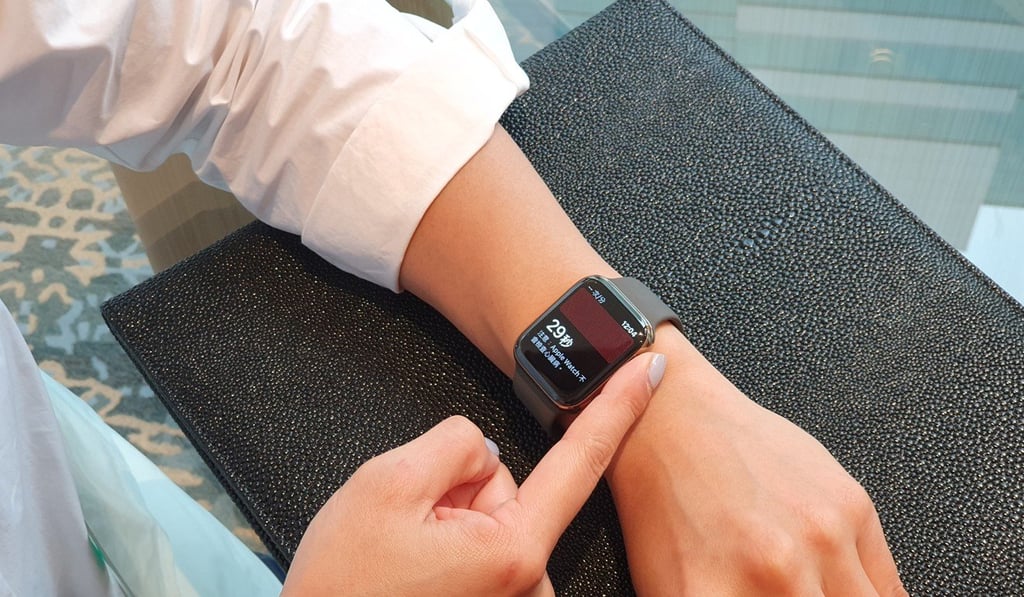Apple Watch irregular heartbeat detection features debut in 19 markets including UK, Hong Kong
- Inspired by stories such as that of Hongkonger whose Apple Watch detected his unusual heartbeat and saved his life, Apple adds new features to smartwatch
- An app for Apple Watch 4 can perform an electrocardiograph, while an irregular heart rhythm detector is being made available for all Watch models

After further tests, doctors told D’Aquino that two of his heart’s three main coronary arteries were completely blocked. He underwent successful open-heart surgery and has since made a full recovery.
According to Apple representatives, it is stories like D’Aquino’s that inspired the US tech giant to improve the Apple Watch’s heart tracking, and today Hong Kong is the first city in Asia to receive the electrocardiogram and irregular heart rhythm features that US consumers got last December.
In addition to Hong Kong, these features also launch today in 18 other markets, including France, Germany, Italy, Spain and the United Kingdom.

The electrocardiogram feature, otherwise known as EKG, is exclusive to the Apple Watch Series 4 due to the additional hardware sensor required to detect electrodes. The second feature, which detects irregular heart rhythms, is available for all Apple Watch models. It is essentially an improved version of the function that saved D’Aquino’s life, since tracking heart rhythm provides more data than just measuring heartbeat.